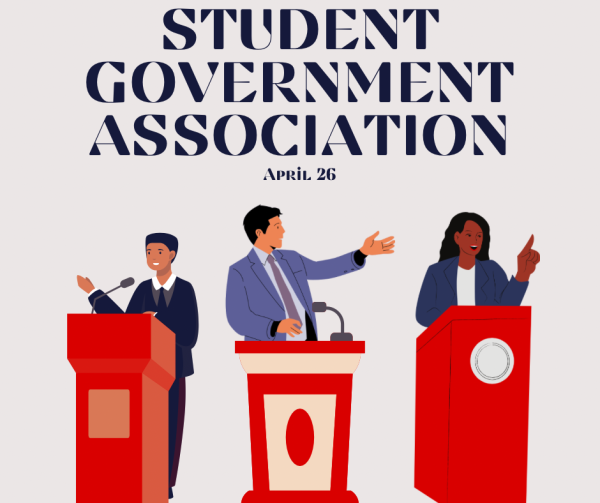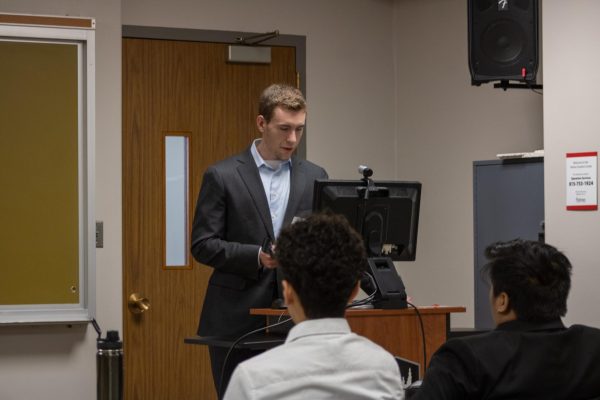Censorship in Universities?
November 18, 2005
A controversial 1988 Supreme Court decision that gives high school administrators and principals the ability to censor student newspapers may soon apply to colleges and universities.
The 1988 Hazelwood v. Kuhlmeier decision, which limited high school publications by allowing administrators to censor the content, is being reviewed.
Problems at Governors State
In 2001, three staff members from the Innovator, a student newspaper at Governors State University, sued Dean Patricia Carter and the university after she instructed its printer to stop printing the paper until administration approved the content. The students felt their free speech and First Amendment rights were being violated and Hosty v. Carter began. The appeals court eventually granted immunity to the administrator, meaning she could not be forced to pay damages because she did not fully understand the law.
However, in June 2005 the U.S. Court of Appeals for the Seventh Circuit, which covers Illinois, Indiana and Wisconsin, reheard the case and sided with the university.
According to an article in the recent issue of College Media Review, the court determined there was not enough clarity in the Hazelwood case, as it gave college students the impression they had complete protection from censorship and supervision prior to the view of university officials. They also ruled the main question for an administrator in deciding whether he or she has the right to censor the content is based on whether the institution has created a “designated public forum” in which students have been given the authority to make all content decisions.
Latest developments
The student journalists who originally sued Governors State in 2001 are filing a petition again asking the U.S. Supreme Court to hear their case and provide final clarity to the Hazelwood decision.
If the Supreme Court decides to take the case, it could mean some unanswered questions finally will be answered.
“We would hope for the opportunity for clarity, and under what types of constitutional freedom we would have,” said Lance Speere, president of College Media Advisers.
Speere said if the court decides not to take the case, the fight will not be over and students and staff will continue to fight for freedom of speech and First Amendment rights in college media organizations.
“If they don’t take the case then we just have to continue to try to educate administration as much as possible,” Speere said. “We need to stress to the administration that free speech is a necessity.”
Other implications
Free speech in the media is not the only thing being jeopardized by this case. There also is a possibility administrators would be able to censor student groups and other speakers on campus.
“This decision gives college administrators ammunition to argue that many traditionally independent student activities are subject to school censorship,” said Mark Goodman, executive director of the Student Press Law Center, in an article printed in the College Media Review. “I fear it’s just a matter of time before a university prohibits a student group from bringing an unpopular speaker to campus or showing a controversial film based on the Hosty decision. Such actions invite havoc on college campuses.”
Besides jeopardizing college students’ First Amendment rights, Speere said the different viewpoints and ideas found on college campuses also may be threatened.
“Colleges are a marketplace of ideas and different viewpoints,” he said. “That is what public universities are all about. We need newspapers for that reason, to satisfy those viewpoints.”
Speere said if the Supreme Court hears the case, it may possibly find the clarity and answers student media organizations and advisers have been waiting for.
“I’m hopeful that the Supreme Court takes this because I think we have an opportunity for clarity,” he said “It might not be the clarity we are looking for, but at least we would know what umbrella we are operating under and what lies ahead for the future of these journalists.”













